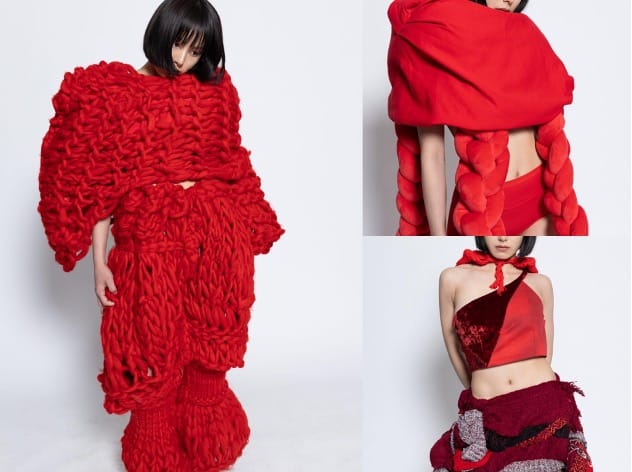Visual storytelling has become an essential tool for businesses to communicate with their audience effectively — they have the power to really seize their attention and get the ball rolling towards marketing’s ultimate goals. Whether it’s branding, sales, or PR, visual storytelling is most companies’ go-to weapon of choice. One of the most popular visual storytelling tools right now, due to the advent of tech’, is animated explainer videos. These videos can help Australian startups to simplify and streamline complex ideas and concepts, boost brand awareness and recognition, and enhance their online presence and search engine optimization – SEO. In this article, we’ll explore the advantages of animated explainer videos for Australian startups and why they should choose companies like Kasra Design for their animated explainer video needs.
Importance of Visual Storytelling in the Digital Age
With the abundance of information available online, with the smorgasbord of content, with the eye-popping delirium that is today’s digital buffet, businesses need to find creative ways to capture their audience’s attention. They need to pull out all the stops. Visual storytelling has become a popular method for businesses to get their message across in an engaging and memorable way. And the most sought after type? Animated explainer videos. They have become increasingly popular as they offer a compelling way to communicate complex ideas and concepts— a great way to design your explainer video into existence.
Let’s talk a bit about the history and conceptualization of explainer videos.
Explainer videos have become a rather popular trend in recent years due to their effectiveness as tools for businesses to convey their message and promote their products or services.
The history of explainer videos can be traced back to the 1940s when Walt Disney Productions created educational films to teach military personnel about navigation and equipment operation. In the 1960s, educational filmstrips were replaced by video, and in the 1980s, animated explainer videos began to gain more popularity as an affordable way to promote ideas.. With the rise of the internet and social media in the 21st century, and the rise of new tech, explainer videos have become an essential part of marketing strategies, with businesses using them to simplify complex ideas, increase engagement, and improve brand awareness.
Animated explainer videos at their core use visual elements, graphics, and animations to convey a message. This approach is effective because it combines visual and auditory elements, which can help viewers to understand the message better. They can be expertly designed, from script to final product, to match the brand’s personality and message, making them more relatable to the audience.
Types of explainer videos
Explainer videos come in a variety of types and styles, each tailored to specific purposes and audiences — each with its pros, and cons.
One of the most common types is the animated explainer video, which uses colorful and engaging visuals to round out difficult ideas and make them more memorable. Animated explainer videos can be created in a range of styles, from traditional 2D animation to more modern and dynamic motion graphics.
Live-action explainer videos, on the other hand, use flesh and bone actors, real-life settings, and props to explain concepts and promote products or services. This type of video is often used by businesses that want to showcase the human side of their operations and build trust with their audience — they are a great way of getting investors or for teaching new staff on the ins and outs of a facility.
Yet another subset of an explainer video is the whiteboard animation, which simulates the process of a hand-drawn sketch on a whiteboard — it’s a little artsy but rather effective. This avant-garde video is often used for educational purposes, and in an academic setting, or to explain bizarre and difficult concepts in a very dynamic manner.
There are also product explainer videos, which focus specifically on showcasing the features and benefits of a product or service. These videos can be either animated or live-action, and are designed to help potential customers understand how the product works and how it can solve their problems.
There’s no real rule or for that matter no real tally or guideline when it comes to explainer videos — it’s a dynamic and often changing atmosphere.
Advantages of Animated Explainer Videos for Australian Startups
Animated explainer videos offer many great benefits for Australian startups, including but not limited to their core ideal — simplifying complex ideas and concepts. They also have the power to increase retention rates, boost brand awareness and recognition, enhance online presence and SEO, and be cost-effective and flexible.
Let’s dig into each one.
Simplifying Complex Ideas and Concepts
Startups often deal with complex, intangible, pie in the sky ideas and concepts that can be incredibly troublesome to wrestle with or to explain to their audience. Animated explainer videos can help to rally these concepts by breaking them down into bite-sized pieces that are easy to understand — into nuggets of nutritional information. This approach can help startups to communicate their message more effectively and improve audience engagement.
Higher Retention Rates
Animated explainer videos have higher retention rates than other types of content. According to studies, viewers retain up to 95% of a message delivered through video, compared to only 10% of a message delivered through text. This high retention rate makes animated explainer videos an effective tool for startups to convey their message and make a lasting impression on their audience.
Boosting Brand Awareness and Recognition
Animated explainer videos can also help to boost brand awareness and recognition — they are a marketing department’s media darling and last line of defense when it comes to branding. By using visuals that are consistent with the brand’s identity and message, startups can create a stronger connection with their audience. And as an added bonus, animated explainer videos can be shared on social media, increasing the brand’s exposure and reach — some are even carefully designed to elicit this outcome.
Enhancing Online Presence and SEO
If a tree falls in the forest and no-one is around to hear it, does it make a sound? Well, the same goes for your content. In the forest that is today’s digital landscape, unless you bring in the crowds and put up a festival around your content, your brand, no-one will see it. And that festival’s promoter is none other than Google— and they need You to hand them the info on your line-up. And how do you do that? By implementing SEO. Australian Animated explainer videos can enhance a startup’s online presence and SEO. Videos can be embedded on a website, increasing dwell time and reducing bounce rates. Videos due to their nature and shareability can also help you generate backlinks and increase your website’s authority.
Cost-effective and Flexible
These types of videos are cost-effective and flexible. They can be produced at a fraction of the cost of traditional marketing methods, such as TV commercials. As an added bonus, animated explainer videos can be reused and adapted for various platforms, making them a scalable solution for startups.
Summing up
In conclusion, Australian startups should seriously consider investing in animated explainer videos if they want to expand their business and build a strong brand identity. Working with a reputable animated explainer video company like Kasra Design can make all the difference. Animated explainer videos are a compelling and efficient method to explain difficult concepts to prospective investors and clients, build brand recognition, and boost website traffic and conversion rates. Australian entrepreneurs may effectively communicate their distinctive value proposition and stand out in a crowded market with the help of Kasra Design’s skill in producing high-quality and powerful videos.

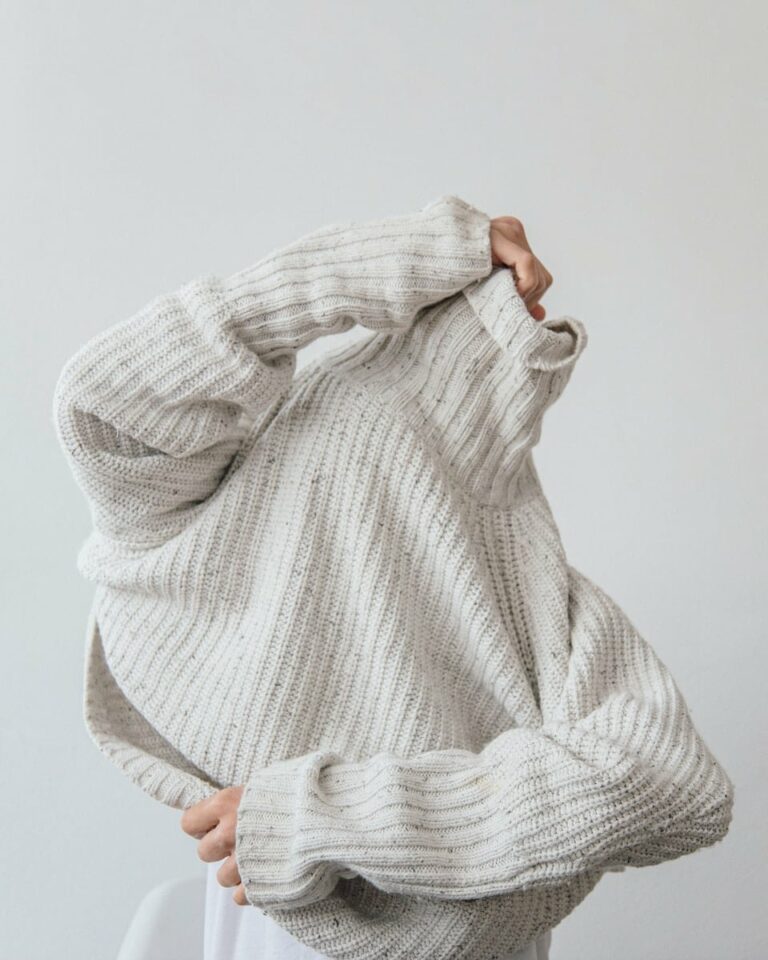
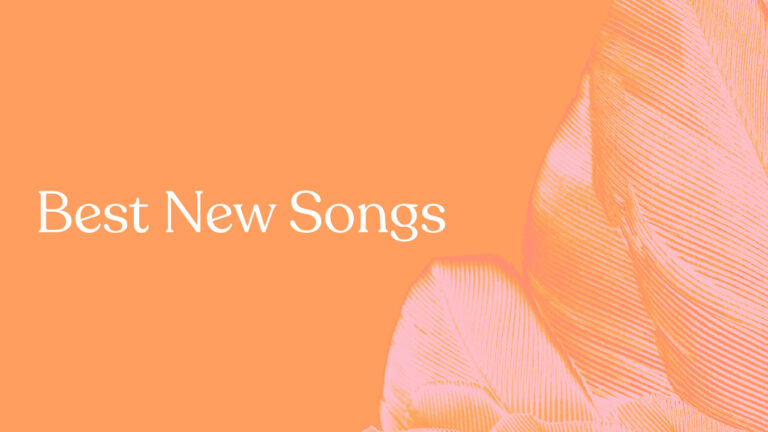
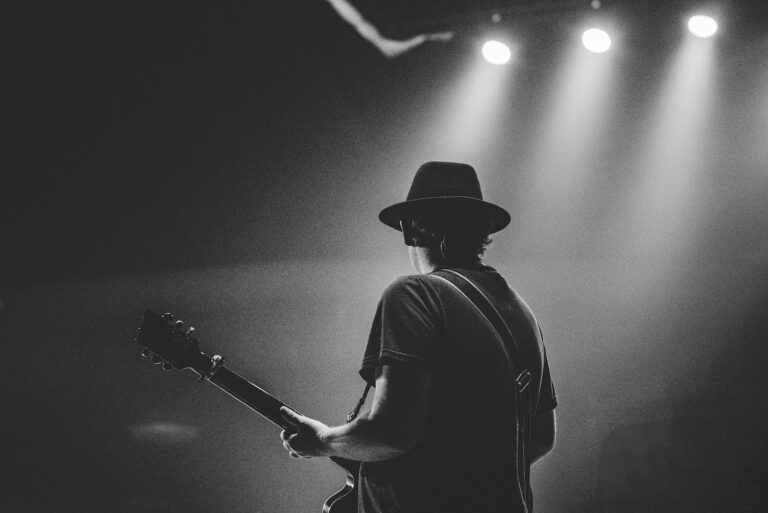
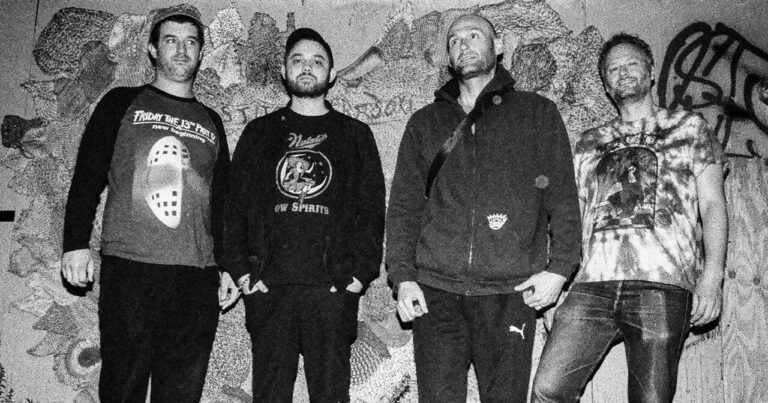

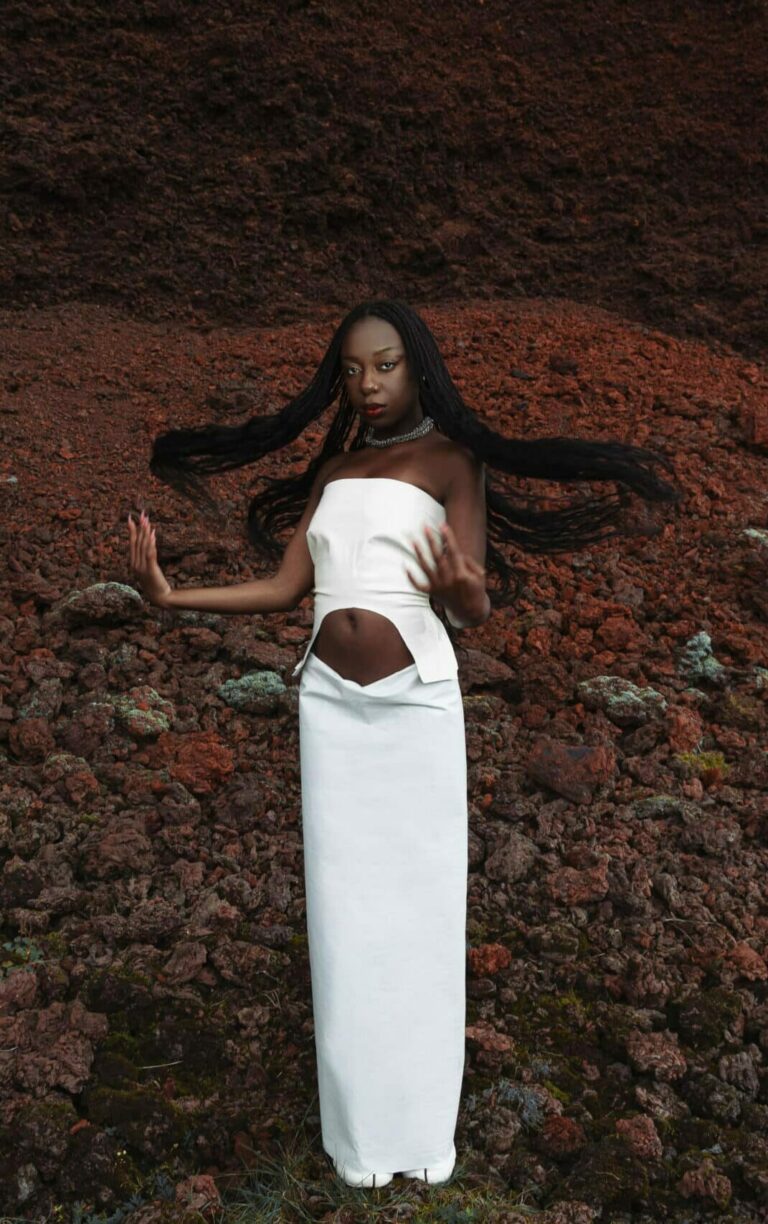
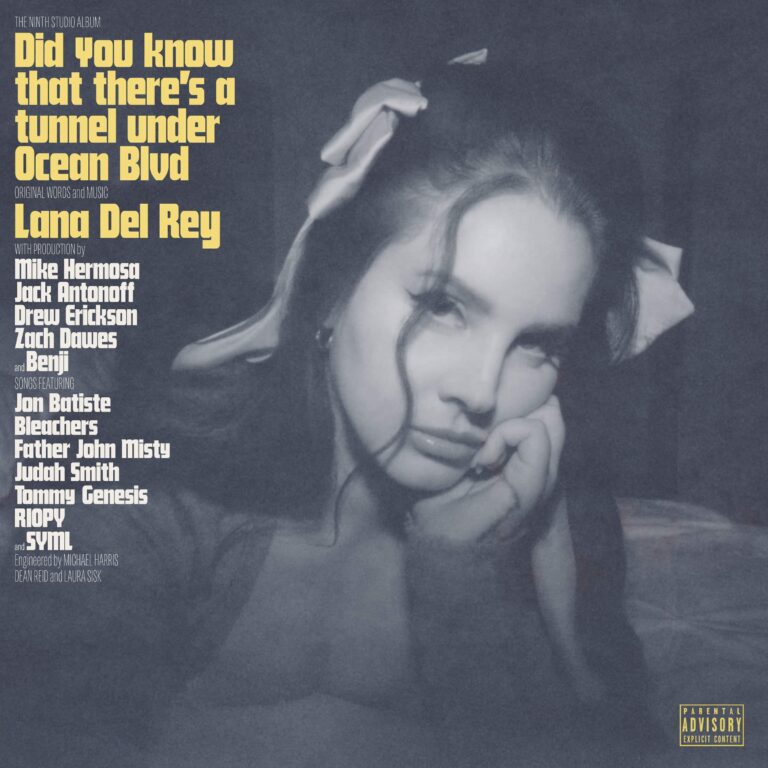
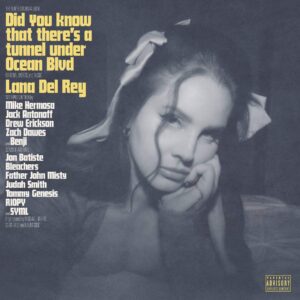 Lana Del Rey is back with a new album,
Lana Del Rey is back with a new album, 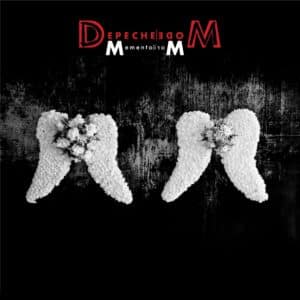 Depeche Mode have returned with their latest album,
Depeche Mode have returned with their latest album, 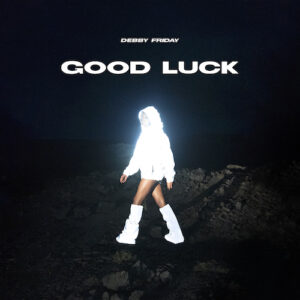 Debby Friday has released her debut album,
Debby Friday has released her debut album, 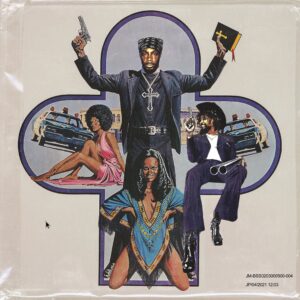 Danny Brown and JPEGMAFIA’s long-awaited collaborative LP, Scaring the Hoes, has arrived. The record features a lone guest feature from Redveil as well as track titles such as ‘Steppa Pig’, ‘Jack Harlow Combo Meal’, and ‘Run the Jewels’. Ahead of its release, the two rappers previewed the album with the single
Danny Brown and JPEGMAFIA’s long-awaited collaborative LP, Scaring the Hoes, has arrived. The record features a lone guest feature from Redveil as well as track titles such as ‘Steppa Pig’, ‘Jack Harlow Combo Meal’, and ‘Run the Jewels’. Ahead of its release, the two rappers previewed the album with the single  Caroline Rose has unveiled their new album,
Caroline Rose has unveiled their new album,  Arooj Aftab, Vijay Iyer, and Shahzad Ismaily have issued a collaborative record titled
Arooj Aftab, Vijay Iyer, and Shahzad Ismaily have issued a collaborative record titled 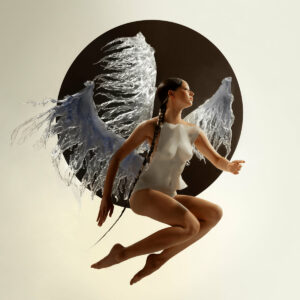 YIAN
YIAN Brooklyn-based experimental outfit Liturgy dropped a new LP titled 93696, which follows 2020’s Origin of the Alimonies, via
Brooklyn-based experimental outfit Liturgy dropped a new LP titled 93696, which follows 2020’s Origin of the Alimonies, via 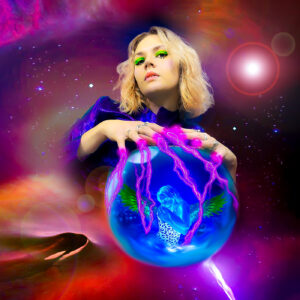 Kate Davis has followed up her 2019 debut Trophy with a new record,
Kate Davis has followed up her 2019 debut Trophy with a new record, 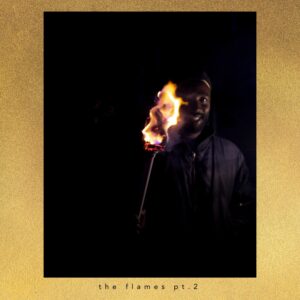 Kele Okereke has put out a new LP,
Kele Okereke has put out a new LP, 

